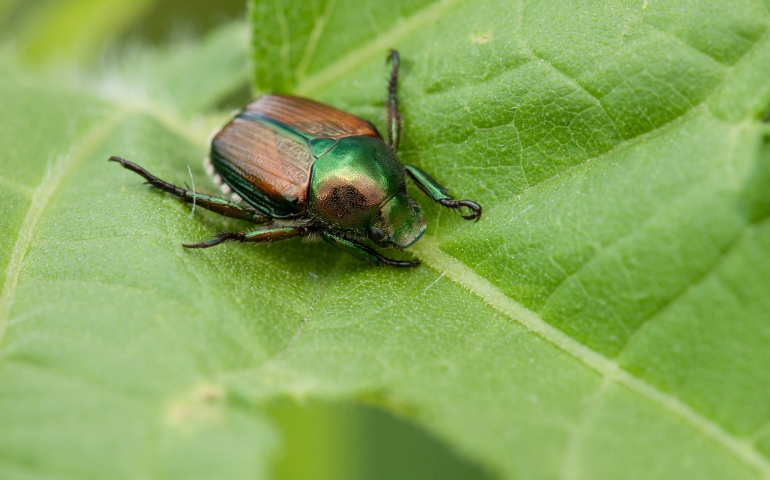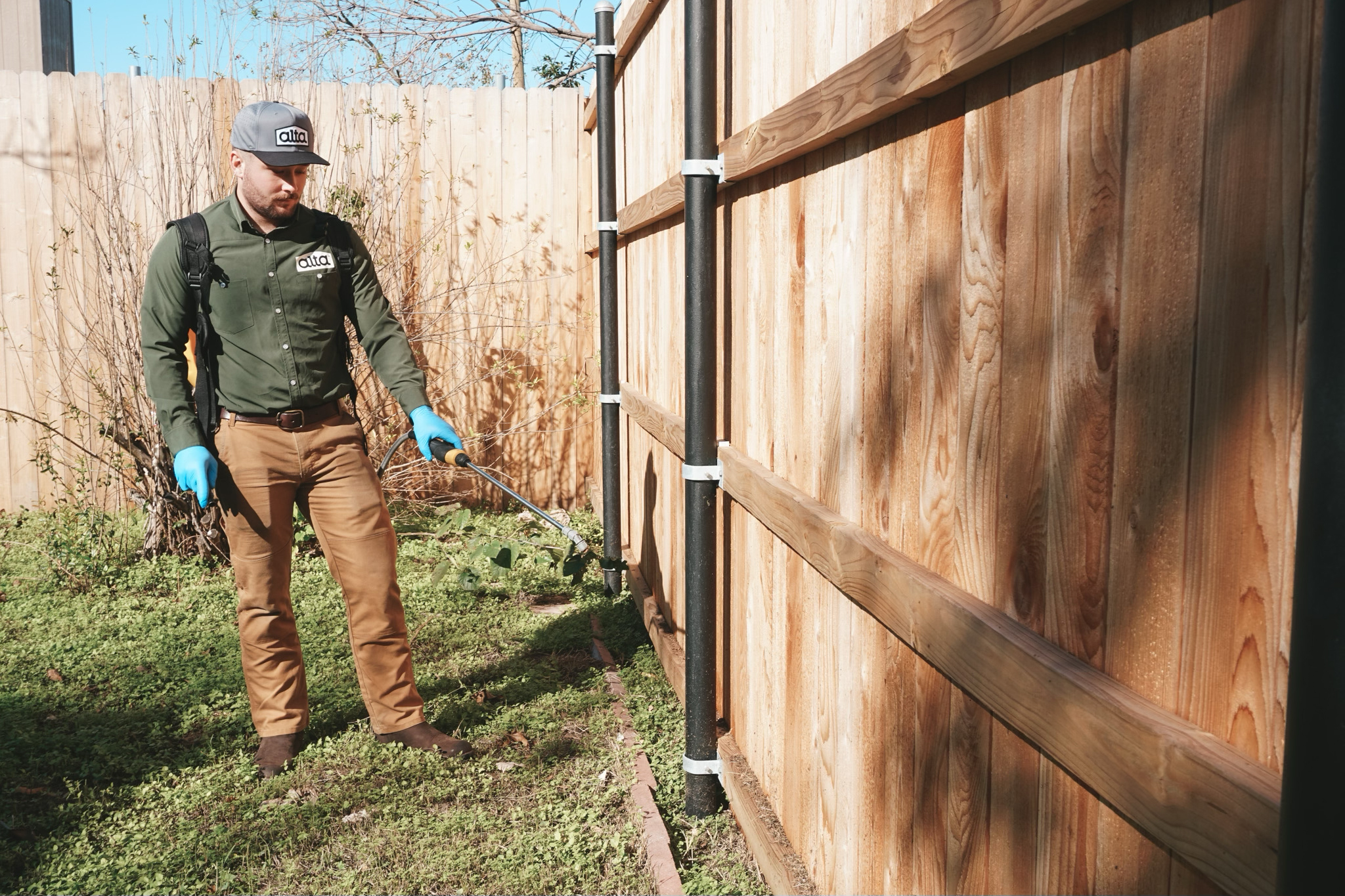Japanese beetles are a nightmare for homeowners who take pride in their gardens and landscaping. These invasive pests feed on plants, flowers, and trees, leaving behind skeletonized leaves and weakened vegetation. While there are DIY solutions available, professional pest control offers a more reliable and effective way to get rid of Japanese beetles. Let’s go over both options and why Alta Pest Control’s approach is the best choice for protecting your property.
What Are Japanese Beetles?
Japanese beetles are small, metallic green insects with bronze-colored wings. They emerge in early summer and are most active from June to August. They target over 300 plant species, making Japanese beetles one of the most destructive garden pests.

DIY Methods for Getting Rid of Japanese Beetles
If you’re looking for ways to get rid of Japanese beetles on your own, there are a few DIY approaches you can try:
1. Hand-Picking
One of the simplest methods is to manually remove the beetles from plants. In the early morning when they are less active, you can shake them into a bucket of soapy water to kill them.
2. Neem Oil Spray
Neem oil is a natural pesticide that deters beetles from feeding. Spraying neem oil on affected plants can help reduce damage, but it needs frequent reapplication.
3. Row Covers
For small gardens, row covers can provide a physical barrier that prevents beetles from landing on plants.
4. Beneficial Nematodes
Japanese beetle larvae (grubs) live in the soil before emerging as adults. Applying beneficial nematodes to your lawn can help kill the grubs before they hatch.
5. Milky Spore
Milky spore is another natural treatment that infects and kills Japanese beetle larvae. However, it takes a few years to establish in the soil and become fully effective.
While DIY solutions can help reduce Japanese beetle populations, they require constant maintenance and may not be enough to stop a severe infestation.
Why Professional Pest Control is the Best Solution
At Alta Pest Control, we offer a more effective and long-lasting approach to Japanese beetle control. Our treatment process targets both adult beetles and their larvae to stop the problem at its source.

Our Process
- Granule Treatment for the Yard – We apply a specialized granule treatment to the yard that targets beetle larvae in the soil, preventing them from growing into adults that will continue feeding on plants.
- Spray Treatment Around Plants – Instead of spraying directly on plants, we apply a treatment around the base of plants to create a barrier that stops beetles from causing further damage. This approach minimizes harm to your plants while effectively controlling the beetle population.
The Benefits of Professional Pest Control Over DIY
- More Effective: DIY methods require constant upkeep and may only provide partial control. Our professional treatments work faster and last longer.
- Targets the Root of the Problem: By treating both adult beetles and larvae, our method prevents future infestations instead of just managing the current problem.
- Environmentally Considerate: Our treatment process protects beneficial insects by avoiding direct application to plants.
- Saves Time and Effort: Instead of spending hours hand-picking beetles or reapplying sprays, professional treatment provides long-term relief with minimal effort on your part.
- Guaranteed Results: With Alta Pest Control, you get a reliable solution backed by our expertise and commitment to customer satisfaction.
Get Rid of Japanese Beetles for Good
Japanese beetles can quickly destroy the beauty of your yard, but you don’t have to tackle them alone. With Alta Pest Control’s environmentally friendly approach, you get effective, long-lasting protection that stops beetles before they can do more damage. Contact us today to schedule your Japanese beetle treatment and keep your plants healthy all season long!
Share article:
